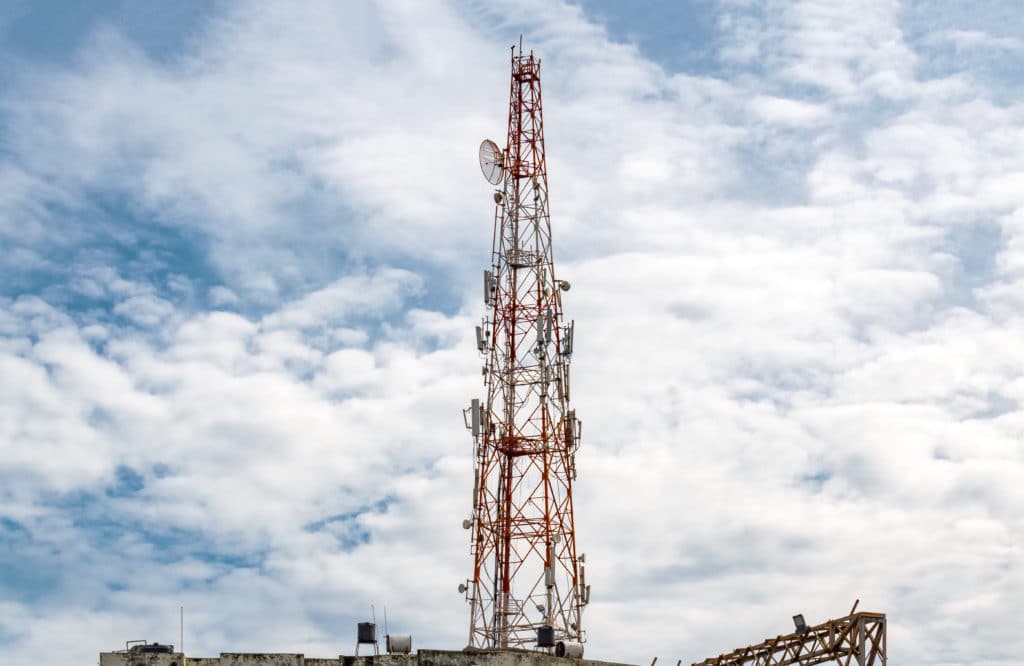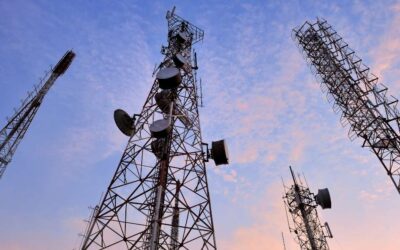Understanding Radiofrequency (RF) Regulatory Compliance

Radiofrequency energy provides several benefits to people. One of the most crucial uses for radiofrequency energy or RF energy is for communication services to the public, industry, and the government. A few examples include radio and television broadcasting, cell phones and satellite operations. RF energy is used in various manufacturing processes and in medical applications. The Federal Communications Commission (FCC) has the responsibility of regulating human exposure to RF radiation in the United States and we often get inquiries about RF exposure situations.
Radiofrequency Compliance
Because exposure to high levels of radiofrequency radiation can pose a health risk to people, the FCC and the Occupational Safety and Health Administration or OSHA have set limits on the amount of radiofrequency energy to which a person can be exposed in both public and occupational environments. These limits were adopted in 1985 and derived from input from the National Council of Radiation Protection, the Environmental Protection Agency (EPA), and, primarily, the Institute for Electrical and Electronics Engineers (IEEE). The standard was updated in 1997 to include an additional safety factor for RF exposure in public environments. In 2019, the FCC finished a 6-year examination of its RF exposure rules and determined that the limits, as set in 1997, are appropriate, based on current scientific evidence.
What is radiofrequency energy?
Electromagnetic energy (EME) consists of electric and magnetic waves that move together through space at the speed of light. The electromagnetic spectrum is divided into two distinct portions. Ionizing EME occurs at the highest frequencies/smallest wavelengths (above visible light) and has enough power to pull electrons away from atoms and molecules. On the other hand, non-ionizing electromagnetic energy occurs at lower frequencies (longer wavelengths) and only has potential adverse human effects at high levels. Examples of non-ionizing EME include radio and television waves, cell phone signals and microwaves emitted by antennas. The FCC is required to evaluate the levels of RF exposure from FCC-regulated transmitters. From scientific studies over the past 60 years, It has been determined that there are potential hazards associated with exposure to RF electromagnetic fields at certain frequencies, in certain doses and over a certain amount of time. All of these factor into the FCC’s allowable exposure limits, along with appropriate safety factors.
How much is safe when it comes to radiofrequency exposure?
In order to protect public and worker health, limits of radiofrequency exposure considered to be safe have been adopted by the FCC and OSHA. RF energy levels below the regulatory limits are considered to be safe. The limits are based on the least observable adverse effect levels proven through scientific studies. A safety factor of 10 is applied to occupational limits and a safety factor of 50 is applied to public limits. Exposure to high levels of RF energy (greater than the allowable limits) at certain frequencies and over a period of time can cause a rise in the internal body temperature. A person may get dizzy, confused, sweat a lot, and experience headaches and nausea in such situations. Once a person is overexposed to RF energy, he/she should be removed from the area to an area of lesser RF fields and examined by a physician. In cases of extremely high RF fields, shocks and burns can occur, especially if contacting a high-power emitter. A person wearing a portable or implanted medical device should also be careful when entering a high RF field. Such fields can adversely affect the operation of the medical device, which is obviously a harmful situation.
Radiofrequency (RF) Regulatory Compliance
In order to determine if a particular area (public or occupational) is compliant with the FCC/OSHA RF exposure rules, a series of steps are involved, such as site evaluation, power density measurements, modeling, analysis, the development of site safety plan, if necessary, by a qualified RF Safety Officer. If areas are determined to exceed the allowable limits, controls can be applied in order to make the area compliant with the law (such as the enclosure of a broadcast tower with a fence and locked gate and the application of an appropriate RF sign at the entrance). RF regulatory compliance ensures that the emitter owner, tower owner and/or property owner are creating an RF exposure environment that is safe for workers and the general public.
Radiofrequency (RF) energy has many applications in today’s world and has definite benefits to society. However, our exposure to it should be controlled in order to minimize its potential hazard to human health and the surroundings. After all, it’s always better to be safe than sorry. Radiofrequency (RF) regulatory compliance should be a top priority at all times.
Recent Posts
- How ATSC 3.0 (NextGen TV) Works And Why It’s a Game Changer
- How 5G Is Shaping RF Test and Measurement Techniques
- The Importance of RF Studies in Modern Broadcasting: What You Need to Know
- How Single Frequency Network is Shaping the Next Generation of Smart Cities
- How AI and Machine Learning Are Impacting RF Design






